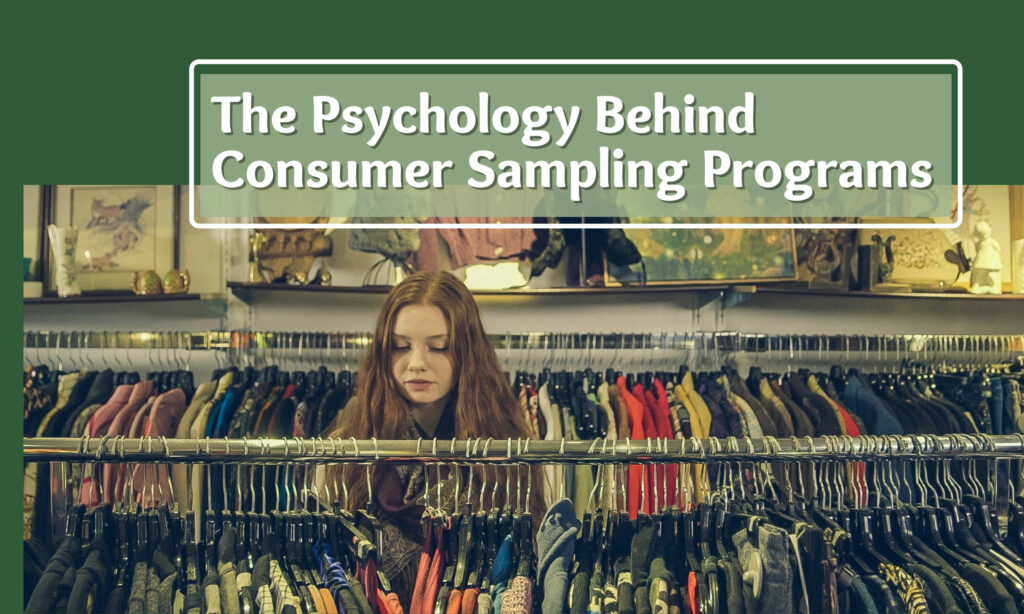Every brand aims to increase its Google ranking and become more visible on social media today. But organic promotion is more significant. This is where word-of-mouth marketing comes in.
With the right strategy, brands can attract new customers without spending a single dime. Customers will advocate for a brand if it makes fantastic products and shows that it cares about its customers. They can simply attract new customers by sharing their excellent experiences. Such businesses won't require a lot of marketing strategies that don't always yield noticeable results.
What Is Word-of-Mouth Marketing?
According to Investopedia's definition, Word of mouth marketing (WOM marketing) happens when a customer's satisfaction and interest in a company makes them want to talk to others about it. Basically, it is free advertising motivated by customer experience.
Word of mouth marketing (WOMM) is all about getting people to talk about your product business or brand. Most marketing professionals agree that it is the best form of promotion.
However, do not confuse it with word-of-mouth advertising which is paid for. In word-of-mouth marketing, the people recommending a product or service are not being paid.
Word of mouth marketing typically refers to a deliberate strategy by a company's marketing department to get people to talk about a product or service. The term "word of mouth" on its own without the word marketing refers to people recommending a product simply because they liked it; nobody encouraged them to do so.
Word of mouth marketing is extremely effective. If the seller has managed to cultivate strong customer loyalty it will be easier to get them to talk about the products or services. Customer loyalty refers to a customer's commitment to stick with a business because of the benefits they obtain from their purchases.
Since the internet came onto the scene towards the end of the 20th century, word-of-mouth marketing has grown dramatically. Every successful company today, especially the major players in their industry, takes WOM marketing very seriously. However, some critics today wonder how genuine some "super satisfied customers" are. They say that the line between real customers and paid ambassadors has become blurred.
Also Read: Word of Mouth Marketing Strategy: How to Build One
Is Negative WOM as Effective as Positive Ones?
Word-of-mouth is significant to businesses because it affects consumers' intentions and attitudes toward the brand. In other words, customers rely on WOM when making purchasing decisions. For instance, before making a purchase, customers read reviews on websites.
Positive word of mouth (PWOM) appears to have a greater impact on purchase intention than negative word of mouth, even though Negative word of mouth (NWOM) often has a greater impact on attitude and cognition than positive word of mouth.
A Washington University study found that positive word-of-mouth has a considerably bigger impact on consumers' attitudes toward the focal product than negative word-of-mouth. Receivers believe that senders of positive vs. negative word-of-mouth regarding utilitarian products are more reliable, even when there are no differences in the senders' perceived altruism. Positive WOM senders are also seen as having a better experience and proof of their recommendations than are negative WOM senders.

Word-of-Mouth Marketing vs. Other Marketing Methods
Most of the time, business owners are wondering if word-of-mouth marketing is more effective than other marketing methods. All we can say is that indeed the word-of-mouth marketing is better only in some cases.
Conducted research on this topic has proved that word-of-mouth marketing performs better in attracting new customers than other marketing methods. Moreover, it is also suggested that WOM has the potential of producing up to twice as many sales as other marketing methods.
But what really makes word-of-mouth marketing generate sales? There are two main reasons for this, trust and excellent targeting.
1- Trust
It goes without mentioning that everyone trusts their friends and family more than advertising. This is due to the fact that advertisements are always projects designed to make a brand appear amazing.
In spite of that, the audience still is not leaning toward trusting the brand, because they simply are aware of advertising strategies. On the other hand, our trusty friends and family have no intention of misleading us. And they will offer their true thought and their honest opinion of brands.
2- Targeting
On the other hand, Word-of-mouth marketing is extremely targeted. Imagine a company that sells baby products, promotes its goods, and installs advertisements in a mall. However, since not every visitor of the mall is in the market for baby products -or even has one for that matter, their investment will not bring back much revenue.
On the contrary, WOM marketing is so much more targeted, meaning that if you are not a parent with a baby, nobody is going to recommend baby products to you. People and loyal customers will only recommend your products to those who are potential buyers.
Also Read: 4 Vital Objectives to Guide Your Consumer Research
This obliges a lot of people to question once more if word-of-mouth marketing is always better than conventional marketing. We reaffirm that this is not true. How come?
Word-of-mouth marketing is a very slow kind of advertising, to begin with. WOM looks like a highly foolish and meaningless means of communication in this era of rapid digitization and online communication. Word of mouth takes a very long time to propagate and leave the desired effect.
In this procedure, person x tells person y about a product; y then tells person z, and so on. However, it obviously takes a while for the news to go out to a sizable sample of potential buyers.
Organic Word of Mouth vs. Amplified Word of Mouth
Here there is a simple table of differences between the two.

Organic Word of mouth is when people naturally become advocates of your brand because your products or services exceeded their expectations and they would love to share this experience with the people they care about. In order to improve organic word-of-mouth activities, brands can benefit from the following tactics:
- Focusing on earning customer loyalty
- Efforts to gain customer satisfaction
- Boost product quality
- Creating dialog and listening to people
- Responding to criticism
On the other hand, amplified word of mouth happens with campaigns designed by the marketing department to motivate and escalate WOM among current or new communities. Technics that will help businesses amplify word-of-mouth activities include the following:
- Establishing communities
- Creating tools that will allow people to share their comments
- Persuading evangelists and supporters to actively promote a product
- Supplying information that such evangelists can use
- Using advertising or promotion with the intention of sparking conversation
- Finding and contacting significant people and communities
- Investigating and monitoring online dialogue
Organic WOM that already exists online is obviously beneficial to your business or customer, however, what kind of amplified WOM a company might introduce to spark conversation about the company or its products and services is more crucial. To begin with, it's vital to be aware of what is being stated online right now, so if you haven't already, it's time to start equipping yourself with the means to do so.
What Is the Digital Version of WOM Marketing?
People seek recommendations from their peers before making any form of purchase, whether it be for a product or service. Consumers will frequently listen to recommendations from friends, family, coworkers, and social peers rather than even the most well-crafted or persuasive marketing pitch.
However, in the past decade, the development of the internet and the explosive growth of social media have made formerly private word-of-mouth interactions publicly accessible.
Consumers (particularly Millennials) are increasingly using blogs, Tweets, Reddit threads, and consumer advocacy websites to seek answers to problems about purchases instead of picking up the phone to contact a coworker or going for coffee with a reliable friend.
Consumers are using the internet (especially social networks) more frequently than ever before to get reliable opinions, reviews, and advice, regardless of the value of the products they want to purchase.
Consumers consult online reviews while making purchases of any kind all the time. These reliable recommendations, even from complete strangers online, are a crucial step in the buying process.
A local consumer review survey in 2022 reveals:
- 82 percent of consumers read internet reviews for local businesses, while 52 percent of those between the ages of 18 and 54 say they "always" do so.
- The average customer reads 10 reviews before they feel comfortable with a company product or service.
- Before making a purchase, the typical customer reads reviews for 13 minutes and 45 seconds.
The world of marketing has transformed due to social media rampancy. It has grown to be an essential aspect of people's lives and a crucial channel for businesses to interact with both current and potential customers.
In this regard, Influencer marketing makes use of digital word-of-mouth marketing and social proof, both of which are well-known vital components of any successful marketing plan. Today, 49 percent of consumers base their purchasing decisions on the recommendations of influencers. On top of that, when shopping in-store, 60 percent claim they were influenced by a referral.
Also Read: Differences Between Market Research and Consumer Insights Research
Final Words
In order to motivate ardent consumers to share their experiences, brands must now, more than ever, concentrate on developing true and authentic relationships with consumers through outstanding customer service, transparent value exchanges, transparent data collecting, and innovative marketing campaigns.




